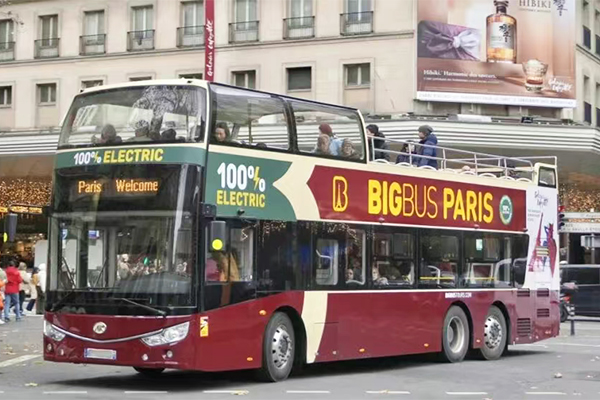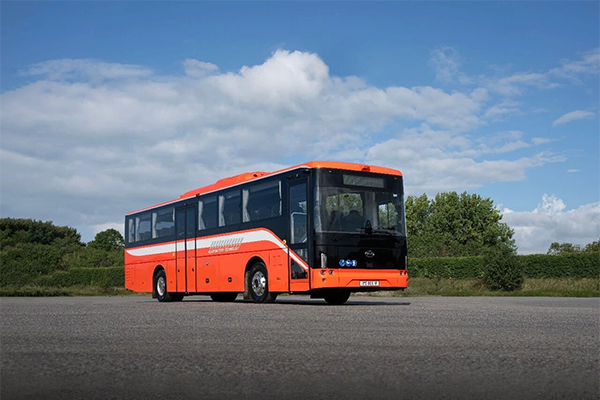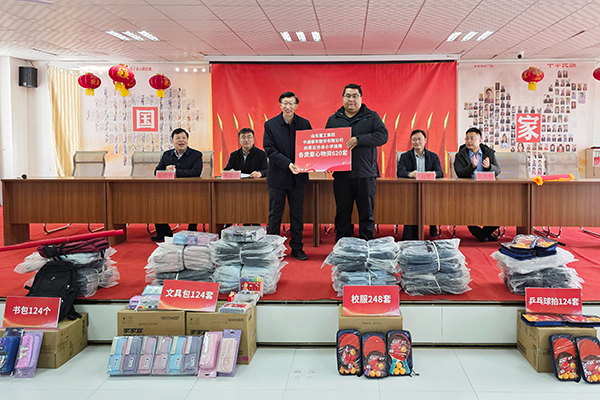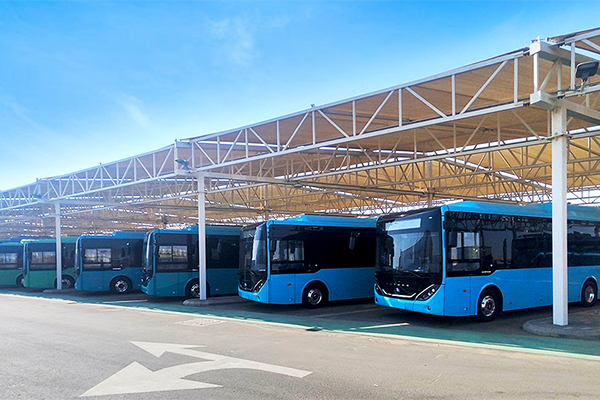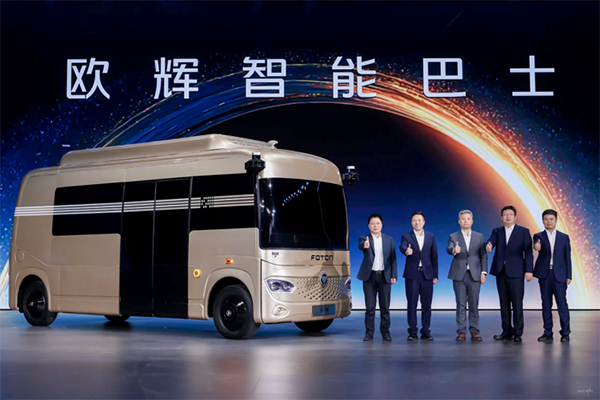An Adverse Side Effect to the Government's Stimulus of the Auto Industry
18 June 2009
Although it has succeeded in reversing the sales slump of late 2008, China's stimulus of its car industry has also hindered much needed consolidation in a highly fragmented domestic sector.
That is a side effect the government did not intend when it enacted its policies earlier this year.
In the corporate world, mergers and acquisitions do not take place until targeted companies face grave threats to their survival.
A case in point is Shanghai Automotive Industry Corp.'s acquisition of Nanjing Automobile (Group) Corp. in late 2007.
In 2005 Nanjing Auto borrowed heavily from domestic banks to fund its purchase of the British brand MG. But it then had a tough time marketing the brand inside China.
The best option for Nanjing Auto was to let itself be merged into SAIC as the latter had also bought assets from MG Rover.
Nanjing Auto dodged the option initially. But it was later forced to accept because of a mounting debt burden resulting from its acquisition of MG.
Another example has been the alliance struck this month between Fiat S.p.A. and Chrysler LLC. Had it not been for the unbearable financial pressure Chrysler was under, such a deal would never have happened.
In late 2008, the steep downturn of the auto market in and outside China posed grave threats for quite a number of domestic Chinese automakers and thereby paved the way for a wave of consolidation in the industry.
Chery Automobile Co., for one, was last year facing cash flow disruption. Another company from Anhui province, Jianghuai Automobile Co. (JAC), also had difficulty financing its newly started passenger vehicle business.
Market forces were pushing the two companies towards a merger. But now that opportunity is gone.
Thanks to January's halving of purchase tax cut on cars with small engines, almost all automakers in China, whether strong or weak, have reported robust sales growth in the past few months.
Chery is back in expansion mode. It raised 2.9 billion yuan ($424.6 millon) earlier this month for a new energy vehicle program, heavy duty projects and also a new car plant.
Meanwhile, amid market speculations about its sale to Chery, JAC stated last week it has no plan to merge with Chery.
In March, the central government drafted a blueprint for the restructuring of the domestic auto industry. According to the plan, the government envisaged a domestic auto industry consolidated into seven passenger vehicle makers by 2011, down from 13 today.
But stimulus policies have now given a second wind to once-beleagured domestic automarkers. The chances of realizing this target are therefore looking slim.
Source : internet
Views:4000
Tags: Effect Government Stimulus Auto Industry



